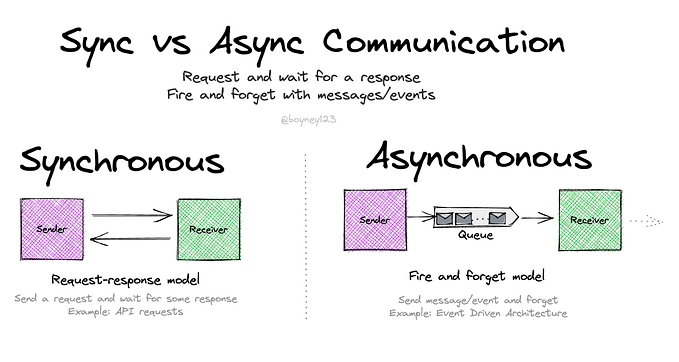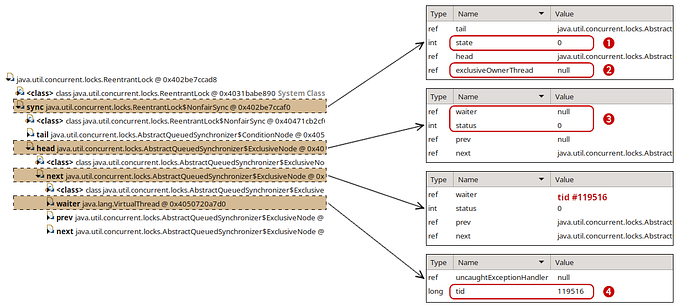Latency Vs Throughput

In the world of computing and networking, latency and throughput are critical concepts that impact performance and user experience. Let’s dive into their definitions, differences, and real-life applications.
Latency: Latency refers to the time it takes for data to travel from its source to its destination. It is often measured in milliseconds (ms). Lower latency means faster response times, which is crucial for applications requiring real-time interaction.
Throughput: Throughput is the amount of data transmitted over a network in a given amount of time, usually measured in bits per second (bps). Higher throughput indicates a greater capacity to send and receive data.
Real Life Examples for better understanding :
Network Latency: Consider a video conference call. If the participants are in different parts of the world, the signal has to travel long distances, which can increase latency. High latency in this scenario might result in noticeable delays between speech and response, disrupting the flow of conversation.
Processing Latency: Imagine a financial trading application where milliseconds can mean significant profit or loss. The time taken for a transaction to be processed and confirmed by the system is processing latency. Lower processing latency ensures faster execution of trades, which is crucial in high-frequency trading environments.
Throughput in Network:
Streaming services like Netflix rely heavily on high throughput to deliver content smoothly. High throughput allows for the transmission of large amounts of data, enabling HD and 4K video streaming without buffering.
Throughput in Data Transfer:
When downloading a large file from the internet, high throughput enables faster completion of the download. If the throughput is low, the download will take significantly longer, which can be frustrating for the user.
Differences between Latency & Throughput :
Nature -
- Latency is a measure of delay.
- Throughput is a measure of capacity.
Impact -
- High latency can cause delays in data processing and communication, leading to a sluggish user experience.
- Low throughput limits the amount of data that can be transmitted, causing bottlenecks and slower data transfer rates.
Dependency -
- Latency is influenced by the distance between source and destination, network congestion, and the processing time of intermediate devices.
- Throughput is affected by the bandwidth of the network, the capacity of network devices, and the efficiency of data transmission protocols.
Conclusion :
Both latency and throughput are vital for the performance and efficiency of computing and networking systems. Understanding their differences and impacts can help in optimizing systems for better performance and user experience. Whether it’s ensuring quick response times through low latency or handling large volumes of data with high throughput, these metrics play a crucial role in various real-life applications.
That’s it! . Feel free to follow me and share your thoughts on what else I can improve.
See you in the next part! 😊








